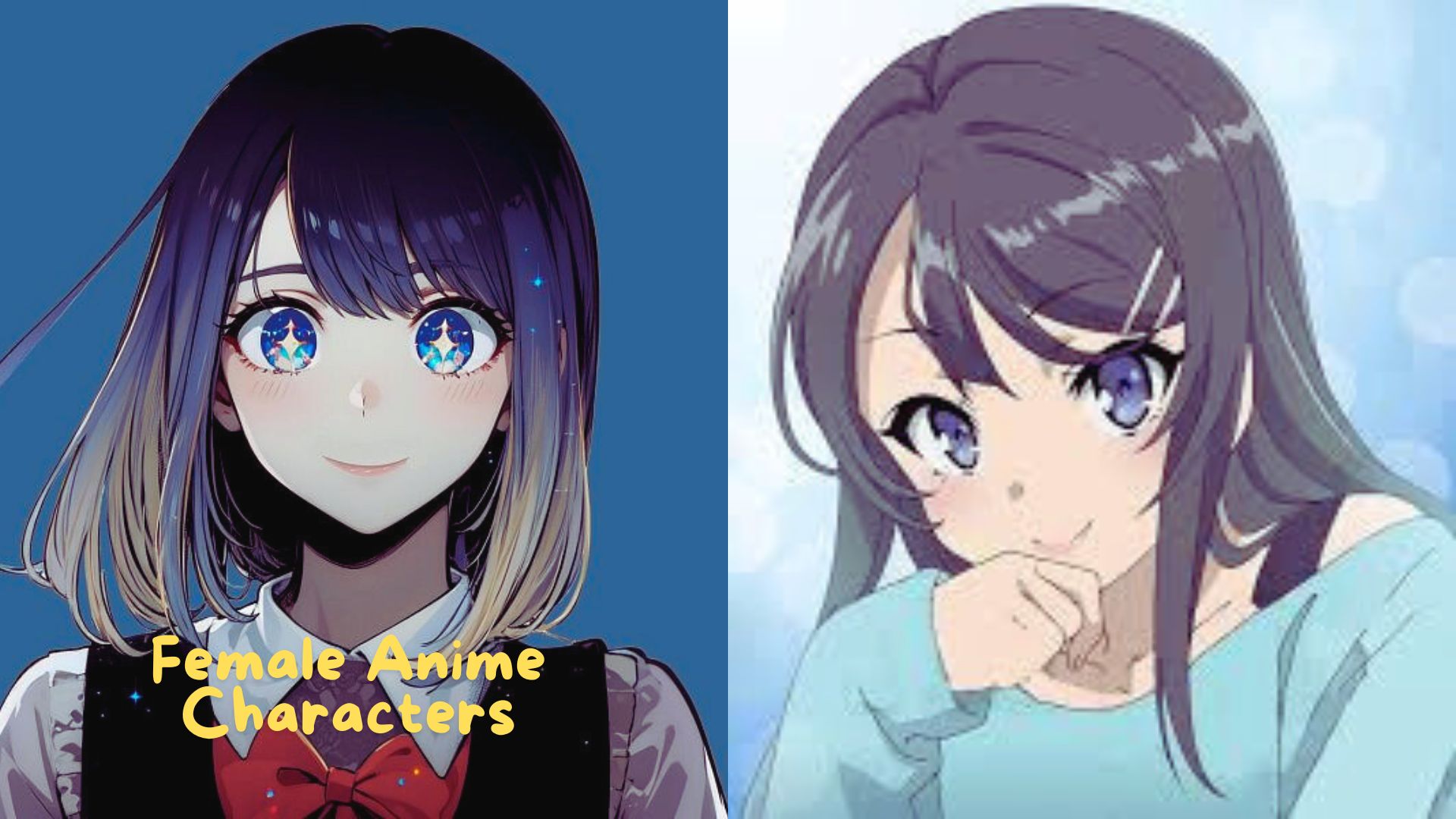Anime has long been a beloved medium for storytelling, with a vast array of characters that captivate audiences worldwide. Among these characters, female anime characters have played a significant role in shaping the narrative and breaking stereotypes. In this blog post, we will delve into the world of female anime characters, exploring their evolution, impact, and the reasons behind their enduring popularity.
Early Beginnings: From Damsels in Distress to Dynamic Heroines
In the early days of anime, female characters were often relegated to secondary roles, depicted as damsels in distress or mere love interests. However, with the rise of influential anime series like “Sailor Moon” and “Magic Knight Rayearth,” female characters began to take center stage. These pioneering shows introduced strong, independent, and complex female protagonists, paving the way for future generations of anime heroines.
Breaking Stereotypes: Diverse and Multifaceted Female Characters
Female anime characters have defied traditional gender roles and stereotypes, showcasing a wide range of personalities, skills, and motivations. From the intelligent and resourceful Mikasa Ackerman in “Attack on Titan” to the confident and charismatic Light Yagami in “Death Note,” these characters have redefined what it means to be a female protagonist in anime.
READ ALSO: Ultimate Manga Experience: a Comprehensive Guide to Mangabuddy
- The Warrior: Mikasa Ackerman (Attack on Titan), Erza Scarlet (Fairy Tail), and Saber (Fate series) are just a few examples of female characters who have proven themselves to be skilled warriors, challenging traditional gender norms.
- The Intellectual: Characters like Light Yagami (Death Note) and Tohru Adachi (Persona 4) have demonstrated exceptional intelligence and strategic thinking, often outsmarting their male counterparts.
- The Emotional Core: Female characters like Kaori Miyazono (Your Lie in April) and Madoka Kaname (Puella et al.) have become the emotional center of their respective stories, showcasing the depth and complexity of female emotions.
Impact on Audiences: Empowerment, Inspiration, and Representation
Female anime characters have had a profound impact on audiences worldwide, particularly among young girls and women. They offer role models and sources of inspiration, demonstrating that women can be strong, capable, and complex individuals. Characters like “Your Lie in April’s” Kaori Miyazono and “Puella Magi Madoka Magica’s” Madoka Kaname have become cultural icons, symbolizing hope, resilience, and the power of female friendship.
- Empowerment: Female anime characters have inspired countless fans to pursue their passions, challenge societal norms, and embrace their individuality.
- Inspiration: Characters like Hikaru Shidou (Magic et al.) and Sakura Kinomoto (Cardcaptor Sakura) have become role models for young girls, showcasing the importance of courage, kindness, and determination.
- Representation: The increasing diversity of female anime characters has led to a greater representation of women from different backgrounds, cultures, and identities, fostering a sense of inclusivity and belonging.
Subverting Tropes: The Evolution of Female Anime Characters
Female anime characters have continually subverted tropes and defied expectations, evolving from one-dimensional archetypes to multidimensional and relatable individuals. They have challenged societal norms, confronting issues like gender inequality, mental health, and sexuality. Shows like “Neon Genesis Evangelion” and “Psycho-Pass” have pushed the boundaries of storytelling, exploring the complexities of female characters and their experiences.
- Deconstructing Gender Roles: Characters like Makoto Kusanagi (Ghost in the Shell) and Yumi Ikoma (Persona 4) have challenged traditional gender roles, showcasing the fluidity and complexity of gender identity.
- Mental Health: Female characters like Yuno Gasai (Future Diary) and Rias Gremory (High School DxD) have confronted mental health issues, raising awareness and reducing the stigma around mental illness.
- Sexuality: Shows like “Sailor Moon” and “K-ON!” have explored themes of sexuality and same-sex relationships, promoting acceptance and inclusivity.
Final Words
Female anime characters have come a long way, transforming from secondary roles to dynamic and complex protagonists. They have inspired audiences, broken stereotypes, and redefined what it means to be a female character in anime. As the medium continues to evolve, we can expect to see even more diverse and multifaceted female characters, further enriching the world of anime and beyond.
READ ALSO: Enigmatic Corpse Husband Face: A Deep Dive
